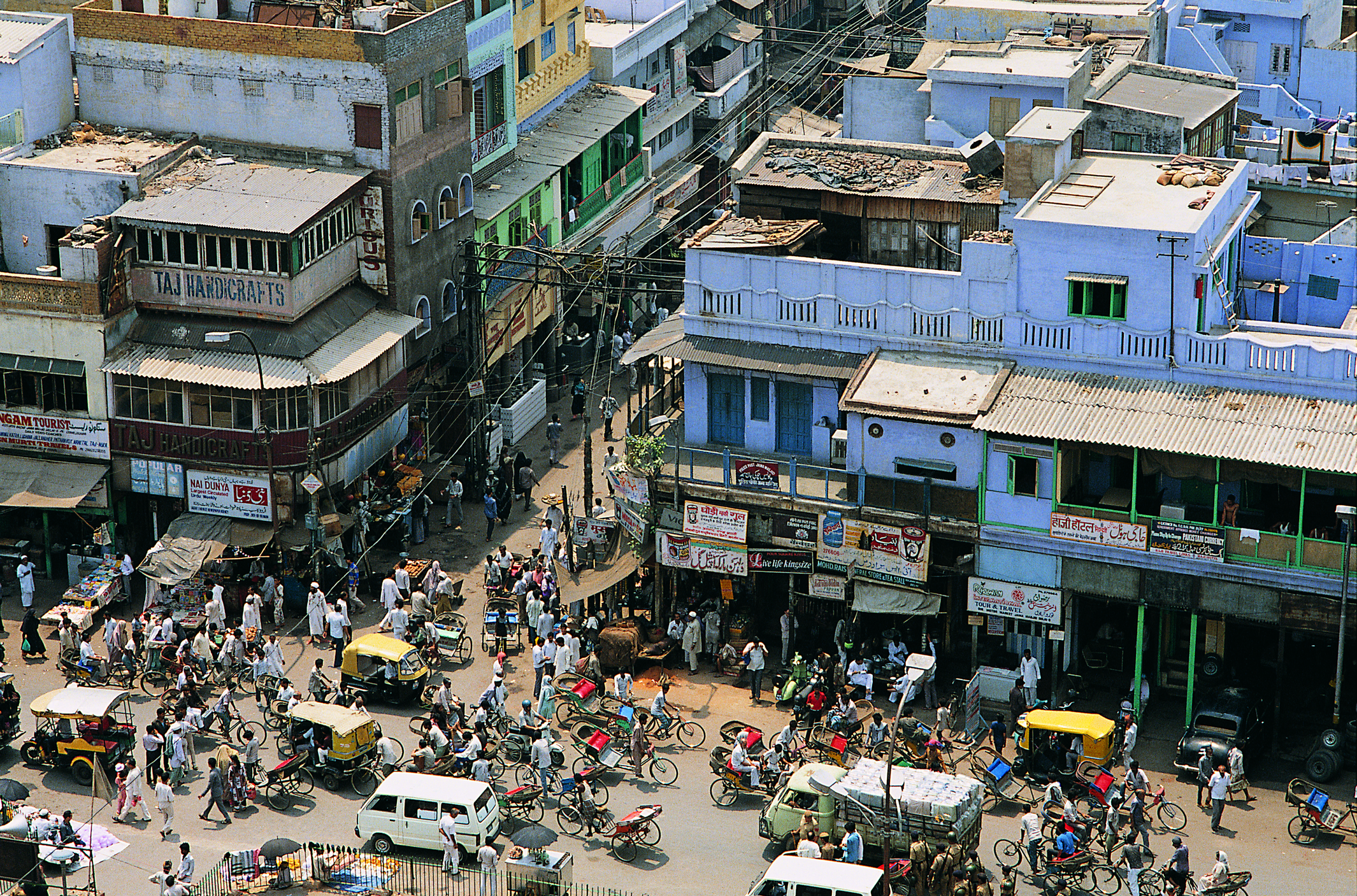Study Co-Authored by Professor Victor Rodwin Finds Delhi's Health System Is Making Inadequate Progress

Over the past decade, India has emerged as one of world’s most important engines of economic growth. In the health sector, India is often associated with its accomplishments in promoting innovation in the delivery of health services and production of pharmaceuticals and drugs. At the same time, in comparison to other large middle-income nations such as Brazil, Russia and China (BRIC), India has failed to assure minimal standards of sanitation and public health. In a paper just published by the Royal Society for Public Health, NYU Wagner Professor Victor Rodwin and two colleagues document Delhi’s health system exceptionalism.
In spite of recent investments in health care and public health in India’s global capital city, this original research contribution finds that the capacity to leverage these investments to improve access to effective care have not been sufficient to overcome the crushing poverty and inequalities within Delhi. The Lancet reported, in 2009, that more than half of Indian households have no toilets, over 200 million people have no access to safe drinking water and WHO estimates that 900,000 people die from contaminated water and polluted air. More recently (2013), the Planning Commission reports that progress in meeting millennium development goals has been slow. In contrast to other BRIC nations, public expenditure on health care as a percent of GDP (1%), is the lowest. Total expenditure (public and private) is just 4 percent of GDP, which places India as the lowest spender. Moreover, out-of-pocket expenditure as a share of total health care spending (58%) places India as the BRIC nation that relies most heavily on patient payment at the point of consumption. Professor Rodwin, with Michael K. Gusmano of Rutgers School of Public Health, and Daniel Weisz, MD, Research Associate at the Butler Aging Institute at Columbia University, find that large and growing numbers of residents die prematurely each year due to causes that are amenable to public health and healthcare interventions.